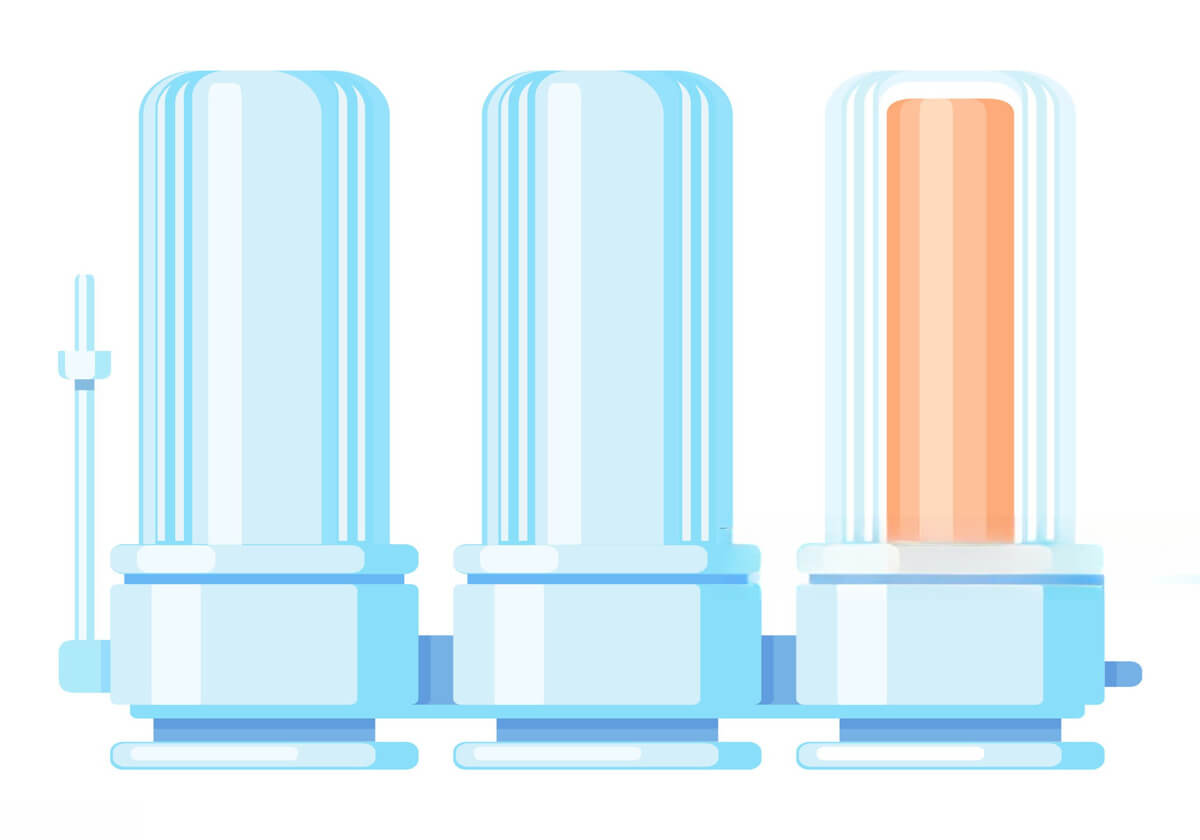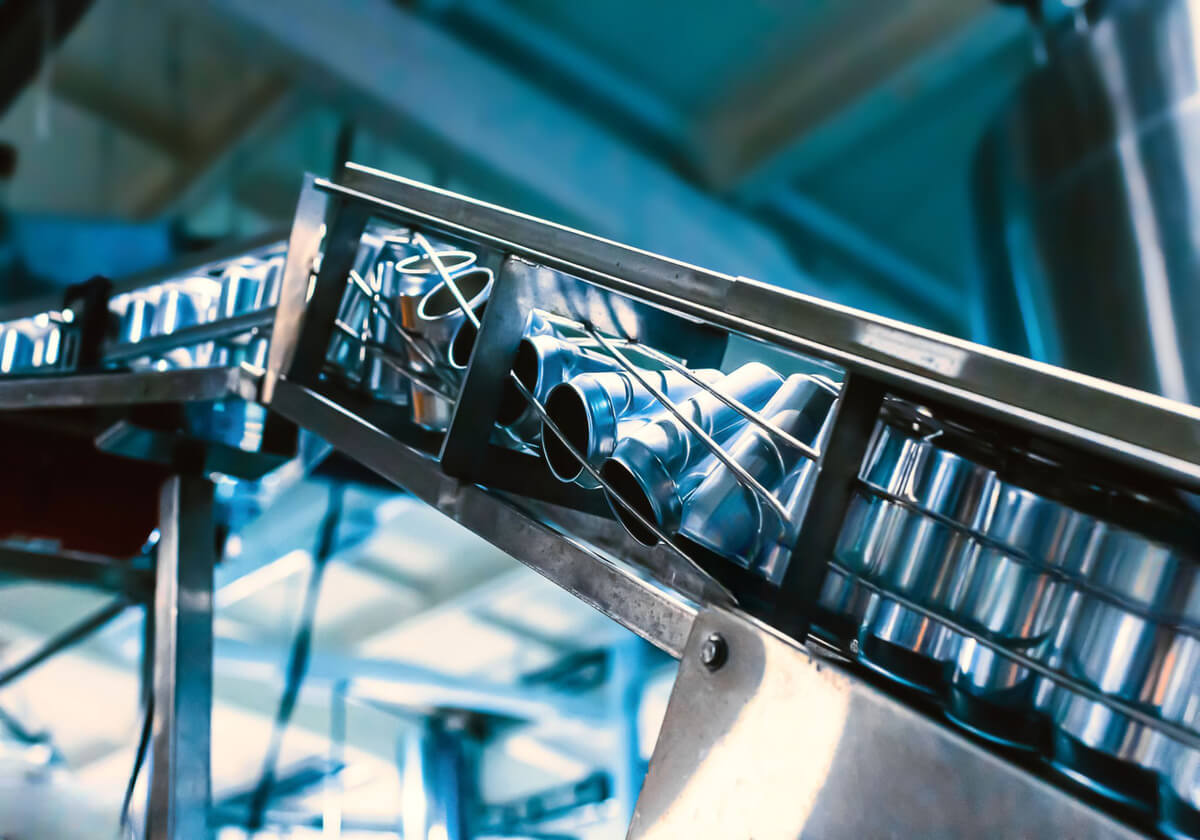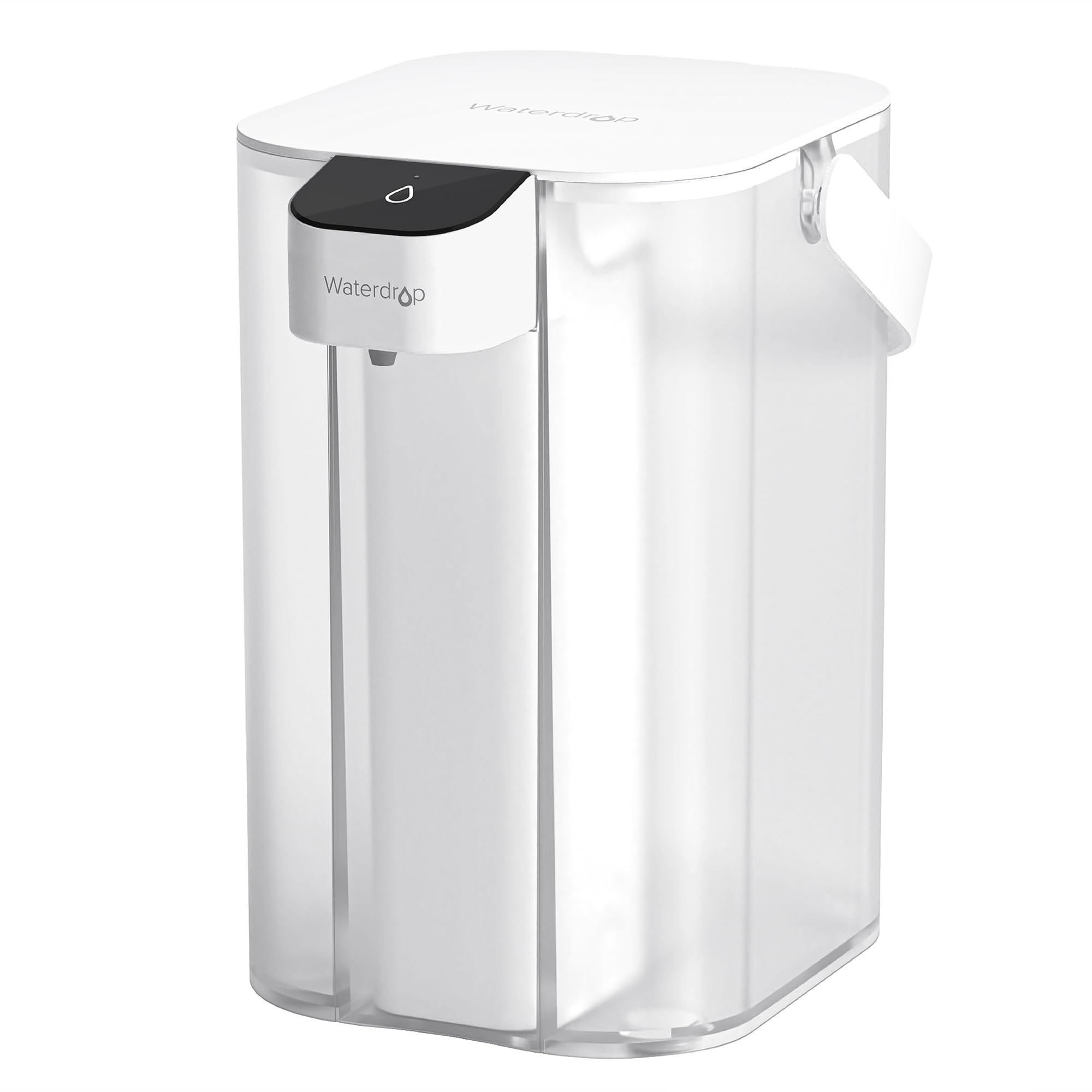Purifying your water at home is the best way to guarantee the quality and safety of
the water you drink and use. Of course, municipal water treatment plants are known to supply purified water, but
toxins may still be present due to the aging infrastructure or environmental causes. So, purifying water at home
provides you with an extra layer of protection against potential health hazards caused by pollutants.
Methods to Purify Water at Home
Purified water is important for household use, such as cleaning and cooking,
because it keeps these pollutants at bay. It also improves the overall taste and odor of the water used, making
water intake more desirable.
It prevents infection complications through bacteria, viruses, and parasites that
may survive traditional therapeutic methods and exist freely in your water. There are various methods of hoke
water purifying systems, and all of them seek to target and remove harmful toxins to improve your health and
wellness. Now that you know why home purification is essential, let’s discuss the options available to you.
Boiling
When you are unsure about the safety of your water source, boiling water is an easy
yet very effective way to purify water at home. This affordable and reliable method acts as the first line of
defense against invisible dangers, such as bacteria and parasites that may be present in water and pose a health
concern.
Depending on your altitude, bring clean water to a rolling boil and leave it there
for the suggested amount of time - usually one to three minutes - to start the purification process. The lower
boiling point of water at higher elevations means that living there requires a longer boiling time. Before
drinking, cover the boiling water and allow it to cool.
Let compounds settle well in the water before filtering it to ensure safer and
clearer water. The quality of the boiled water is generally improved by filtering hazy water through a cloth,
towel, or water filter to assist in removing bigger particles and contaminants.
Boiling does not eliminate all impurities, including metals, salts, fuel, hazardous
compounds, and radioactive materials. So, if these problems are present in your area, you might want to consider
more technical approaches for a better solution.
UV Light Purifier
UV
water purifiers use ultraviolet radiation to disrupt the DNA of bacteria, viruses, and other pathogens,
making them unable to replicate and ultimately killing them.
To purify water with a UV light system, first, ensure that the water is free of
sediment and particles that could shield bacteria from the UV light. Many UV purifiers include pre-filters to
alleviate this risk. For maximum UV exposure, place the water in a clear container; the success of these systems
is dependent on its direct contact with the water being treated.
Once the setup is ready, turn on the UV purifier. The UV lamp emits a specific
wavelength that disrupts the genetic material of microorganisms. But they do not remove physical impurities,
chemicals, or heavy metals as well. So, for a wholesome home water purifying system, you might want to consider
other alternatives. Combining UV treatment with other filtration methods, such as activated carbon filters, is
also an excellent way to get pure water at home.
There are two common types of UV technologies used in
water filter systems for
homes . These are the low-pressure mercury vapor lamps and the sophisticated light-emitting diodes
(LEDs). The usual choice has been low-pressure mercury vapor lamps, which generate UV radiation with a low
wavelength and are particularly effective at neutralizing bacteria. However, these lamps contain a small
quantity of mercury, which means you must be careful with handling and disposal.
UV purifiers with LED technology, on the other hand, have grown in popularity due
to their increased energy efficiency, longer lifespan, and mercury-free composition. LEDs may emit UV light with
various wavelengths for the targeted removal of specific disease pathogens.
Distillation
Distillation is another safe at-home water purification technique that uses
evaporation to remove impurities. In this process, large, non-volatile organic molecules and inorganic chemicals
are removed from contaminated water by heating it to the point of steam. The result is pure water, devoid of
impurities such as lead and nitrate when the steam cools and condenses.
Distillation also works well to eliminate microorganisms like bacteria and some
viruses by boiling them off, in addition to removing inorganic contaminants. But there are subtleties to the
approach. While it is excellent at eliminating some organic compounds because of their solubility and boiling
points, substances like toluene and benzene that have lower boiling points than water have the potential to
evaporate with the water and recontaminate the filtered product if they are not appropriately treated before
condensation.
Filtration
The primary filtering processes that are a part of our daily lives usually include
pitcher or faucet-mounted filters. These filters use activated carbon to trap contaminants and improve water
quality. However, for a more wholesome experience and better results, there are many water filter systems for
homes, which will be discussed below.
Under-sink Water Filter System: It is subtly tucked under the kitchen sink and
usually uses several filtration stages that include carbon and sediment filters to get rid of particles,
chlorine, and other pollutants. You can easily integrate this filter into your existing plumbing system because
of its location.
Countertop Water Filter System: This home water purifying system is a
self-contained unit that sits on the kitchen counter and does not require complex installation. It helps purify
water using activated carbon, ceramic, and reverse osmosis technologies. It is one of the most convenient
methods because of its convenience, mobility, and adjustability.
Whole-house Water Filter System: This system ensures that every tap in your home
provides purified water, so It’s often used to replace water purifiers for sinks and other set-ups. It usually
includes a succession of filters and, in some cases, water softeners, which provide extra water treatment at the
point of intake. The water purifier system cleans your drinking water and provides benefits for bathing,
cooking, and other home activities.
Each type of water filter provides its own set of benefits. Under-sink filters are
covert and ideal for a single water source, countertop filters are portable and simple, and whole-house systems
offer a complete solution for the entire house.
Chlorination
Chlorine-based compounds such as chlorine gas, sodium hypochlorite, or calcium
hypochlorite are frequently used in a typical chlorination process. These commercially available chemicals offer
an affordable method to purify your water at home.
The most prevalent method is household bleach, which typically contains sodium
hypochlorite. This chemical is added to water in precise amounts to disinfect without affecting the taste or
safety. Although chlorination effectively destroys bacteria, viruses, and parasites, it doesn’t permanently
remove all chemical pollutants or impurities. As a result, assessing water quality and potential contaminants is
crucial when deciding whether to chlorinate.
You can choose from a number of chlorination treatments, depending on your
preference. One of the most popular options is chlorine tablets or granules. After adding them into the water
following the instructions, the tablets progressively decompose, and chlorine is released into the water.
Another option is dose management with liquid chlorine solutions, such as bleach.
To achieve the best outcomes and prevent unintended additions, always use
chlorination products made especially for water treatment. Also, knowing the right amount of chlorine to add is
important. Adding too much or too little can result in a disagreeable taste or potential health risks.
Reverse Osmosis
Water molecules use the process of reverse osmosis to move across a semi-permeable
membrane, leaving contaminants behind. Numerous contaminants, including bacteria, viruses, minerals, and other
particles that could compromise the taste and safety of your water, can be successfully removed by this method.
You can install reverse osmosis systems as countertops, under-sink, or whole-house
water filters in your residence. The benefit is that it purges contaminants while also improving the taste and
smell of your water. It’s a cost-effective, green solution that lessens the demand for bottled water and
promotes sustainability.
Which Home Water Purifying System Is Best For You?
Reverse osmosis (RO) is a reliable method for eliminating various pollutants,
including viruses and bacteria. For cooking and drinking, it offers thorough cleansing and can be installed as a
water purifier for the sink and connected to all taps in the house. Filters like the
Waterdrop 3-Stage Whole House Water
Filter System work well to improve taste and remove Iron and Manganese from your water throughout the house.
Distillation works wonders for getting rid of some pollutants and minerals too. UV
radiation may not completely eradicate all contaminants, yet it effectively disinfects. Boiling is a basic way
to eliminate parasites and bacteria, but it leaves other impurities behind.
So, the ideal water purifying system for you depends on your unique preferences and
requirements. To choose the best system for your needs, think about your preferences for flavor, ease of use,
and the kinds of contaminants that are present.
Conclusion
When it comes to thorough purification, Reverse Osmosis System is a great idea.
Alternatively, systems like Waterdrop 320-gallon Long-Lasting Faucet Water Filter that use filtrations work well
for countertop and single-outlet sources with better flavor for your everyday use.
Boiling offers a straightforward way to eradicate microorganisms. Minerals are
effectively removed by distillation. Meanwhile, UV light is adequate but might not be able to remove all
impurities. Hence, as we’ve discussed, the choice between distillation, boiling, UV light, filtration, reverse
osmosis, or any other option depends on what you need.

























































































































